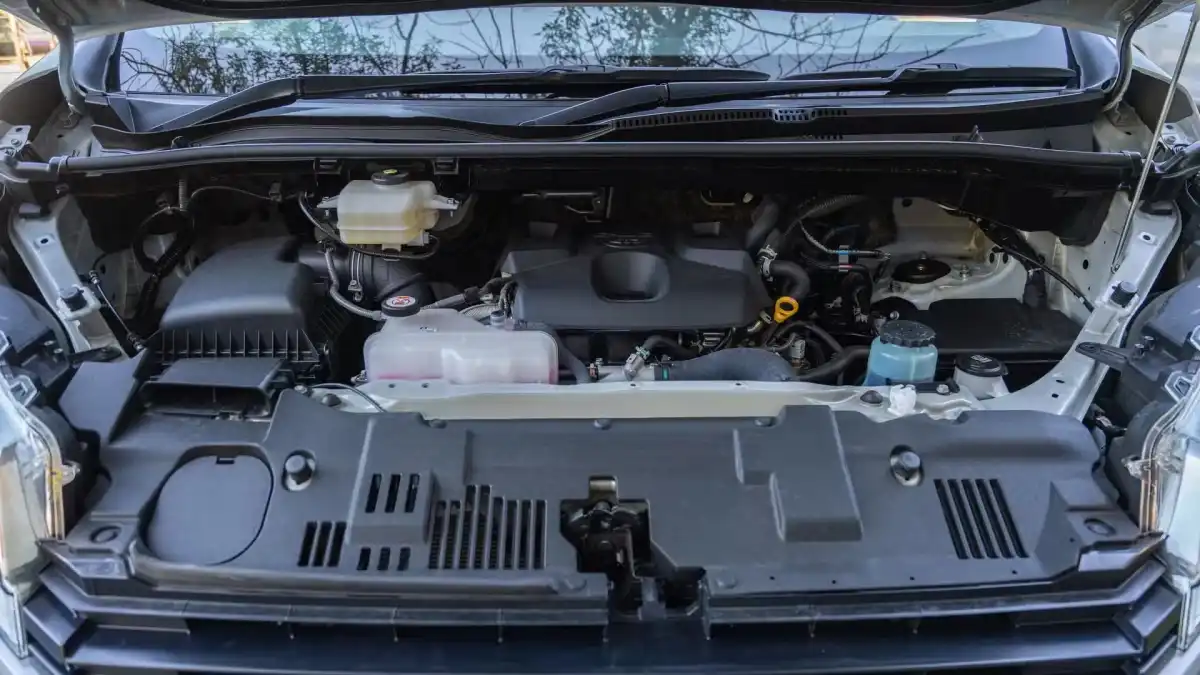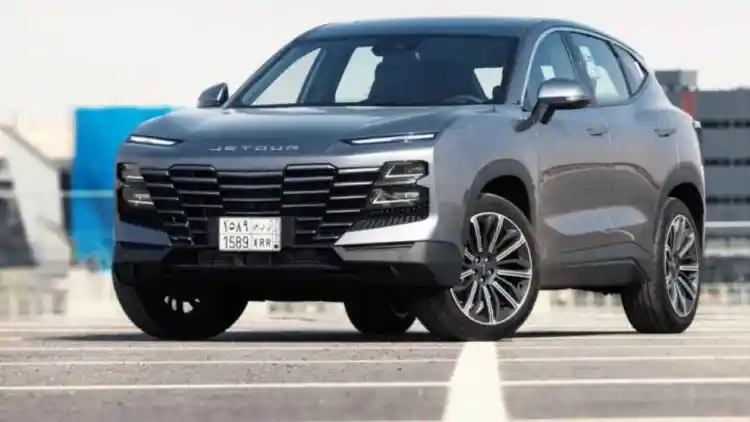- How to Choose the Right Engine CC for Your Toyota Hiace
- Comparing Engine Options at a Glance
- In-Depth Engine Specifications
- Maintenance Tips for Maximizing Engine Longevity
- Future Trends in Toyota Hiace Engines
- FAQ
In this guide, we explore the details behind toyota hiaceBahrain Toyota HiaceEgypt Toyota HiaceKSA Toyota HiaceKuwait Toyota HiaceOman Toyota HiaceQatar Toyota HiaceUAE Toyota Hiace engine cc options for the 2025 models. Discover practical information on performance, maintenance, and overall value that is tailored for your daily driving and commercial needs.
How to Choose the Right Engine CC for Your Toyota Hiace

When it comes to selecting the most suitable engine displacement, you need insights that speak directly to your needs as a driver. Here are three key factors to consider for the 2025 models:
Performance vs. Fuel Economy:
The 2.7L petrol engine with 2694cc offers commendable highway mileage (around 18.2 km/L) while serving urban and suburban routes.
Its design ensures that fuel efficiency and power remain well balanced, making it a practical choice if you frequently navigate the city or require a vehicle for commercial use.
Turbocharged Performance and Torque:
The advanced turbocharged 2.8L diesel engine, featuring a displacement of 2755cc, delivers an impressive 177Nm of torque.
This enhanced performance is particularly beneficial when driving in hilly areas or carrying heavy loads, ensuring you have the necessary power and reliability.
Maintenance Costs and Long-term Service:
Regular servicing data shows that the petrol engine generally incurs about 23% lower maintenance costs over 100,000 km, whereas the diesel variant may require more frequent checks such as timing belt replacements.
Understanding these differences is essential for planning your budget for long-term ownership.
Comparing Engine Options at a Glance
Engine CC | Recommended Usage | Estimated Annual Running Cost (AED/SAR) |
|---|---|---|
2694cc | Urban delivery fleets or daily commuting | 8,200 AED / 8,200 SAR |
2755cc | Family shuttle services or heavy-duty operations | 9,800 AED / 9,800 SAR |
This table provides an at-a-glance comparison so you can effortlessly decide which engine type suits your budget and usage patterns.

In-Depth Engine Specifications
2.7L 1TR-FE Petrol Engine
Displacement: 2694cc offering reliable performance
Power Output: Approximately 160hp at 5200rpm
Fuel System: Features advanced Dual VVT-i injection, ideal for maintaining smooth and efficient operation
Emissions: Meets GCC-compliant Euro 6b standards, ensuring you run an environmentally responsible engine
2.8L 1GD-FTV Diesel Engine
Turbo Technology: Equipped with a variable geometry turbocharger that enhances low-end torque and overall responsiveness
Cold Start Efficiency: Optimized to perform in lower temperatures, with capabilities down to -15°C
Service Intervals: Designed for a DPF maintenance schedule every 40,000 km, balancing performance and upkeep demands
Maintenance Tips for Maximizing Engine Longevity
Proper care and regular maintenance will keep your Hiace running at its best. Here’s how to manage both engine types effectively:
Oil Changes:
For the 2694cc petrol engine, use 5W-30 oil every 10,000 km.
For the 2755cc diesel model, a 10W-40 oil change is recommended every 7,500 km.
Common Repairs:
The 2694cc variant often requires fewer injector replacements, contributing to lower overall maintenance costs.
Diesel models with 2755cc may need a timing belt change around the 90,000 km mark, so keep an eye on service schedules.
Future Trends in Toyota Hiace Engines
Toyota is looking ahead with plans to further enhance the Hiace lineup:
Hybridization:
Expect the introduction of a 2.5L hybrid option by Q3 2026, offering improved fuel efficiency and reduced emissions.
A 48V mild hybrid version of the 2.8L diesel is also on the horizon, blending turbocharged power with hybrid benefits.
Fuel Efficiency Standards:
New vehicle standards for 2025 now mandate a minimum of 19.5 km/L for petrol engines.
Current models are close to this benchmark, with the 2694cc engine averaging about 18.9 km/L, highlighting the need for continuous improvements.

FAQ
What does the term "engine displacement" actually mean for my Toyota Hiace?
Engine displacement refers to the total volume of all the cylinders in the engine, measured in cubic centimeters (cc). It is a key factor influencing how much power the engine can produce. For your Hiace, a higher cc might suggest more robust performance, although it can also affect fuel efficiency and maintenance costs. It’s important to balance your expectations regarding power with your daily driving needs. Always check detailed specifications and customer reviews before making your decision.
How do maintenance costs differ between petrol and diesel Hiace engines?
Maintenance costs are a critical aspect when choosing an engine type. Typically, the 2694cc petrol engine has been shown to have about 23% lower service costs over extended usage. Diesel engines, while offering enhanced torque and improved performance on heavy loads, tend to require more frequent maintenance like timing belt replacements. This can mean additional costs over the vehicle's lifetime. Consider your driving habits and overall budget when assessing these maintenance factors.
Is the fuel efficiency difference between the 2.7L and 2.8L models significant for daily driving?
Fuel efficiency is often a deciding factor, especially for long-term ownership. The 2.7L engine provides commendable fuel economy, making it ideal for urban environments or light-duty commercial tasks. In contrast, the 2.8L turbocharged diesel engine, while offering greater torque and power, may have a slightly lower fuel efficiency rating. Remember that your daily driving conditions and load requirements play a huge role in determining the best option for you.
What role does turbocharging play in the 2.8L diesel engine's performance?
Turbocharging is designed to boost the engine’s efficiency and overall performance, especially in scenarios that require high torque such as towing or climbing steep gradients. The 2.8L diesel engine incorporates a variable geometry turbocharger, which helps in maintaining consistent power output across a range of driving conditions. This technological advancement ensures that you get robust performance without sacrificing too much on fuel efficiency. It ultimately means a smoother and more responsive driving experience.
This article is for informational reference only, please consult local applicable laws and the latest regulations before making purchase or maintenance decisions.
Read More:
What Is OD Off in a Car? Your 2025 Guide to Smarter Driving
Peugeot Cars Made in Which Country? 2025 Manufacturing Insights
How Much Car Renewal in Dubai Costs in 2025:Complete Guide
2 / 6






-optimized.png?x-oss-process=image/format,webp/interlace,1/quality,q_70/resize,w_750)






